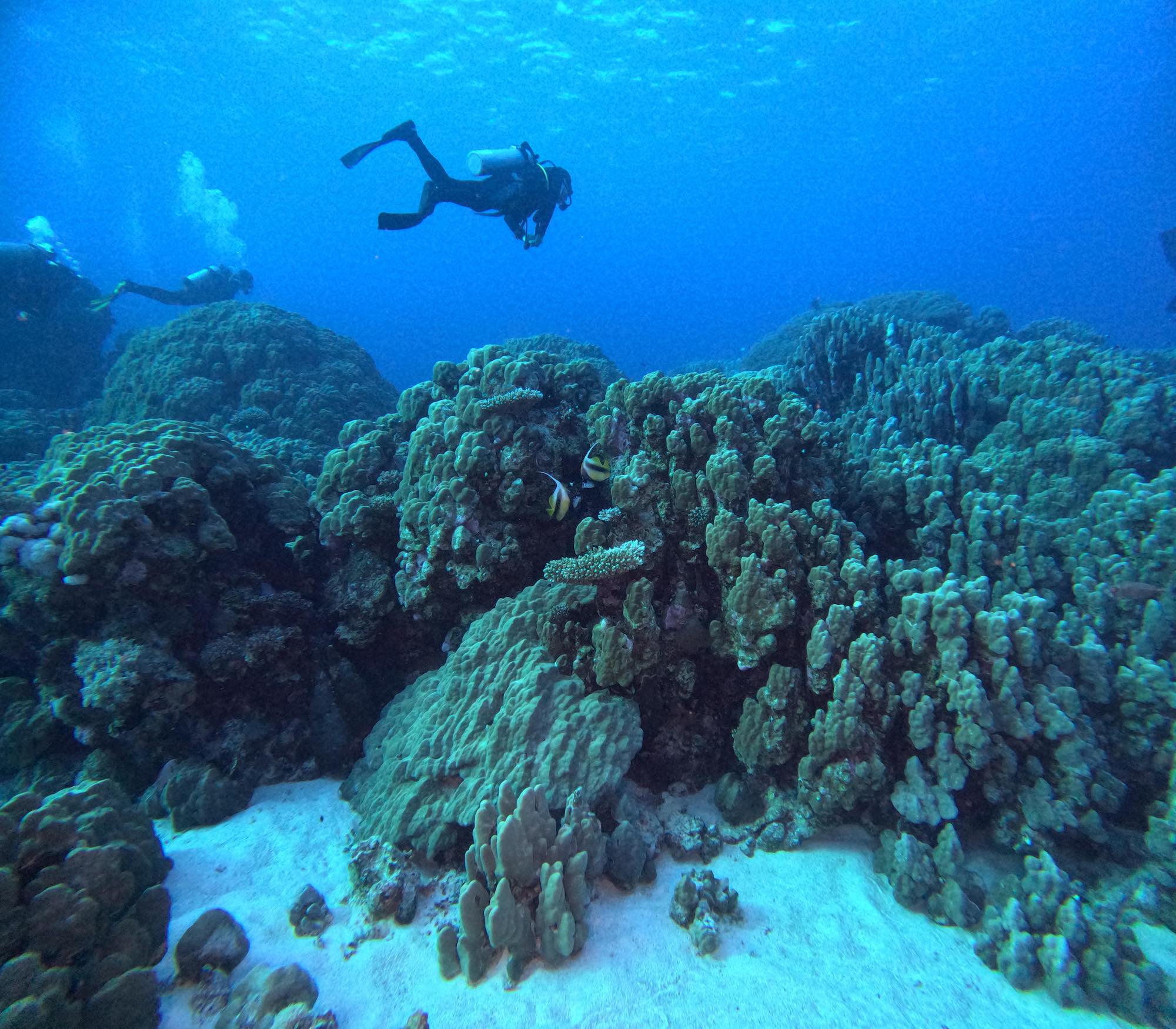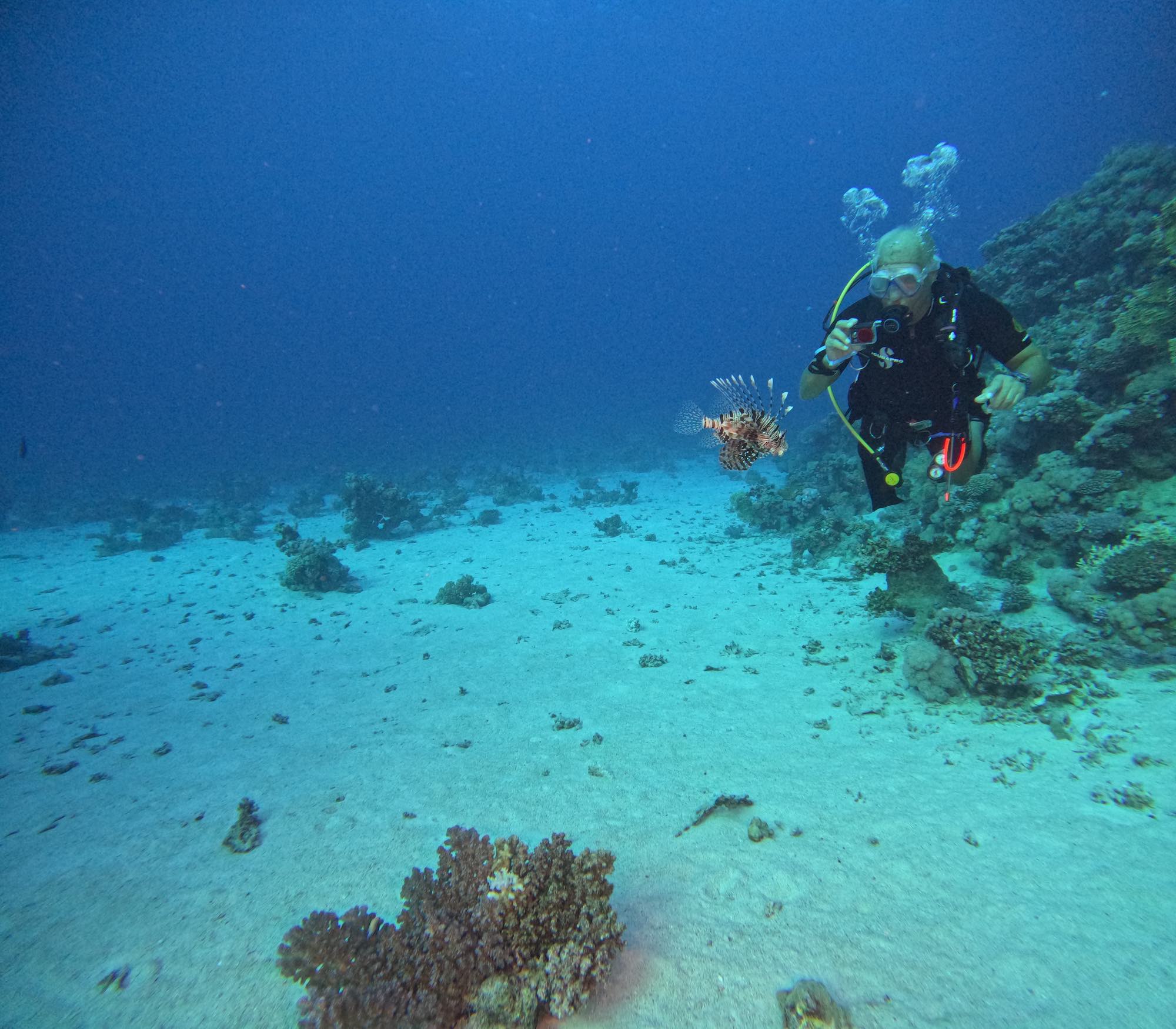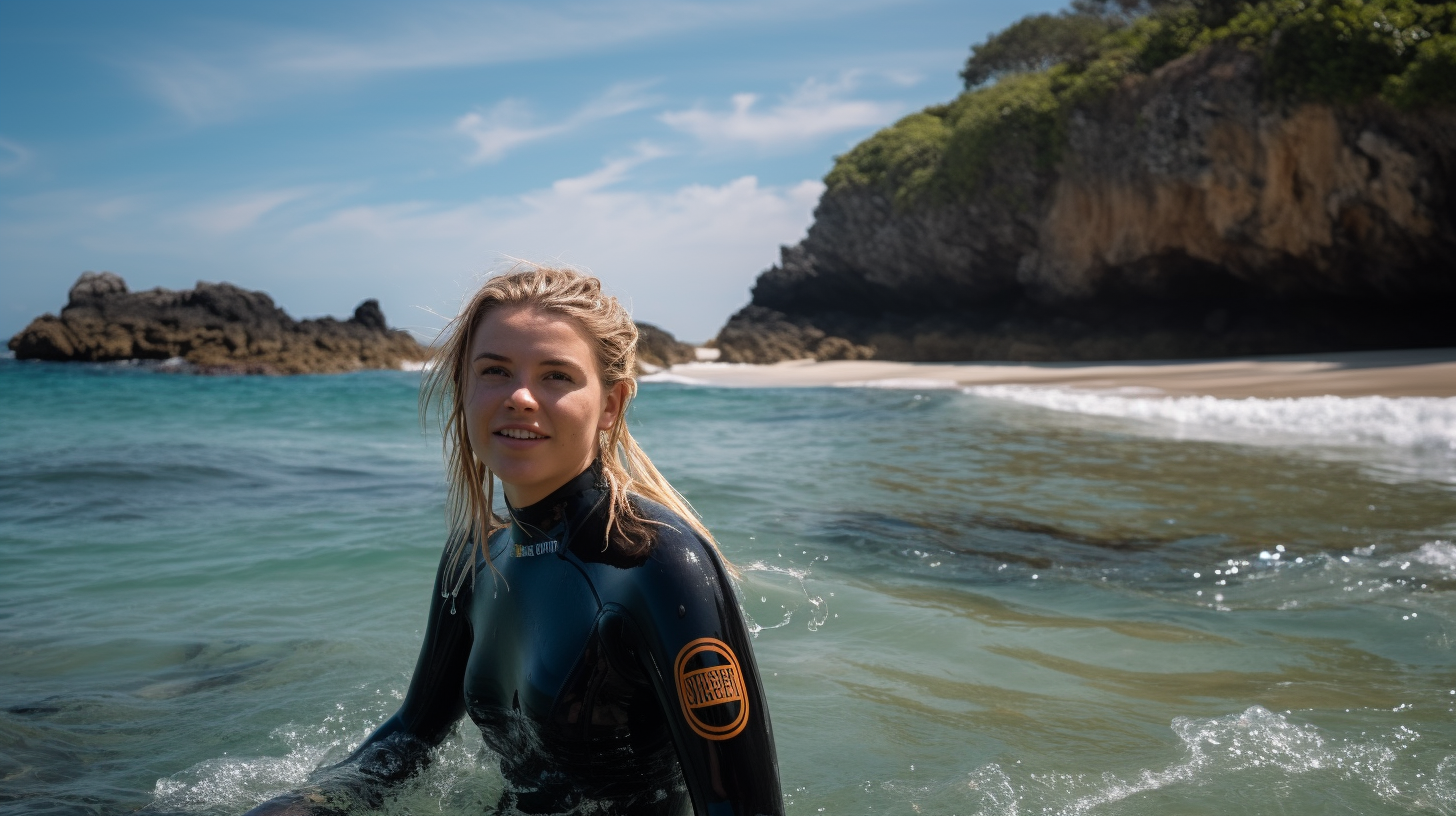Whether you’re diving into the azure waters of the Caribbean or exploring the kelp forests of the Pacific, one thing’s for sure – you’re going to need a wetsuit. Many of us don’t get to dive as often as we like, but depending on the location of where we get to dive we often still want to wear a wetsuit. The proper wetsuit makes the dive much more comfortable and enjoyable. But not all wetsuits are created equal, and finding the right one can feel like navigating a maze of neoprene. But don’t worry, we’ve got you covered (literally).
As a diver to increase your comfort you may want to purchase your own wetsuit, this way you can find one that fits you well and has the warmth in the places that matter to you the most. We also know that there are people who pee in their wetsuit and people that say they don’t pee in their wetsuit bot actually do. So renting well sanitized wetsuit is a must! This guide will help you find the right wetsuit for you and the conditions in which you typically dive.
What’s a Wetsuit and Why Do I Need One?
A wetsuit is your personal, wearable heating system. It’s made from neoprene, a type of synthetic rubber that traps a thin layer of water between your body and the suit. Your body heat warms this water, providing insulation against the chilly depths.
Styles of Wetsuits
Wetsuits come in a variety of styles, each designed for different conditions and personal preferences.
- Full Suit: This is the classic style, covering your torso, arms, and legs. Great for most conditions. At greater thicknesses sometimes the hood is integrated.
- Farmer John/Jane: These are essentially full suits, but without the arms. Ideal for warmer waters or for people who prefer more arm mobility.
- Shorties: These are like the summer version of a full suit, with short sleeves and legs. Perfect for tropical climates.
Thickness and Temperature Guide
Wetsuit thickness is measured in millimeters, with thicker suits providing better insulation. But how thick should your wetsuit be? Here’s a quick guide:
- Over 85°F (29°C): Rash guard or 1 mm suit
- – 75 – 85°F (24 – 29°C): 2 – 3 mm suit
- – 65 – 75°F (18 – 24°C): 3 – 5 mm suit
- – 50 – 60°F (10 – 15°C): 5 – 7 mm suit
- – 40 – 50°F (4 – 10°C): 7 – 8 mm suit or semi-dry suit
- – Below 40°F (4°C): Dry suit
Remember, these are just guidelines. It’s always a good idea to try different thicknesses to find out what works best for you. Some people tend to feel colder than others. If you are one of these people then consider a thicker wetsuit or add a vest to get additional warmth.
What about Those Numbers?
You might see wetsuits labeled with two numbers like 3/2 or 5/4. This refers to the thickness of the neoprene in different parts of the suit. The first number is the thickness in the torso, and the second number is the thickness in the extremities. The thinner material at the extremities can help make the wetsuit feel more flexible and make it easier to move around.
Seals and Zippers
A good wetsuit isn’t just about material and thickness, though. Pay attention to seals and zippers. A quality wetsuit will have seals at the wrists, ankles, and neck to minimize water exchange. Zippers are another critical feature. A well-designed back or chest zipper can make getting in and out of your suit a breeze, while also preventing excess water from entering. It’s this excess water that makes you colder faster.
Stitching Matters
The stitching of your wetsuit is another crucial factor. Overlock stitching is common in warmer water suits, while blind stitching and glued seams are better for colder water as they provide a better seal. If you are looking to stay warmer longer look for wetsuits constructed with blind stitching, it will help keep water from flushing into your suit and as a result help keep you warmer longer.
What About Semi-Dry Suits?
A semi-dry suit might be a good middle ground if you’re diving in colder waters but aren’t ready for the commitment of a dry suit. They’re designed to minimize water exchange, with seals at the wrists, ankles, and neck, and often a thicker, heavier-duty zipper.
Care, Maintenance, and Repairs
After each dive, rinse your suit with fresh water. Saltwater or chlorine can break down the neoprene over time, reducing the suit’s lifespan. A gentle soak and a rinse can do wonders.
Let it dry in the shade. Sunlight might be good for your beach selfies, but it’s not so great for your wetsuit. UV rays can degrade the neoprene, causing it to lose its flexibility. Remember, dry it inside out first to protect the exterior.
Store your suit properly. Keep it away from sharp objects to prevent accidental punctures or cuts. Hang it on a wide hanger to maintain its shape or better yet, store it flat if you have the space.
Inspect your wetsuit regularly. Check for any signs of wear and tear. A small tear is easier (and cheaper) to repair when it’s caught early, and it can prevent a bigger problem down the line. If you notice a small tear, don’t panic. With a tube of wetsuit glue or neoprene cement and a bit of patience, you can fix it yourself.

Renting a Wetsuit
Renting a wetsuit on vacation? Make sure to try it on first. A good fit is essential for warmth and mobility. Check the seals and zippers, and ask about the suit’s age and care. An older, poorly maintained suit might not offer the insulation you need.
Final Thoughts
Whether you’re a seasoned diver or a newcomer to the depths, remember this – the sea is for everyone to explore, but warmth is a luxury you shouldn’t compromise. Choose wisely, dive warmly, and keep exploring the depths in comfort and style. After all, it’s a wet, wild world down there! And with the right suit, proper care, and a touch of DIY spirit, you’ll be ready to tackle it all. Dive on, friends!

Updated on: December 05, 2023


